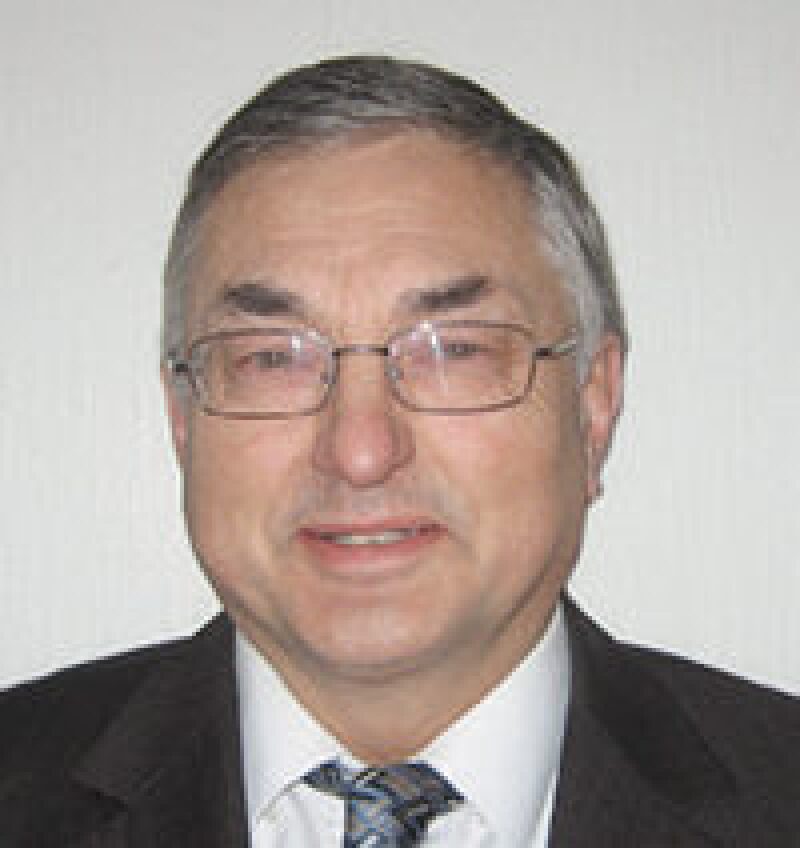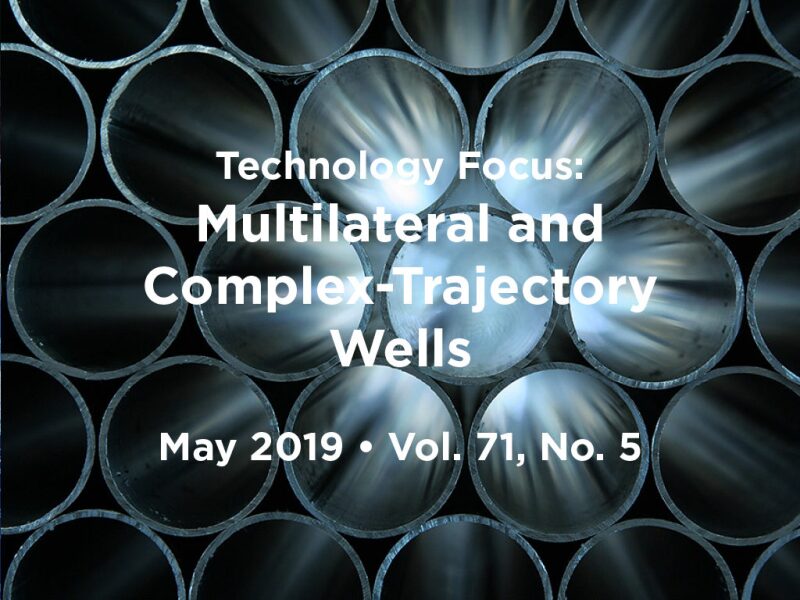When students ask me about the most important way to maximize recovery, my answer is long directional wells. These wells have revolutionized the oil industry and are drilled under conditions never imaginable years ago. One outstanding example is the Troll field in Norway. The field consists of large, very thin reservoirs, down to 30 ft thick, which are drained by multibranch horizontal wells with horizontal departures approaching 18,000 ft. Not only have many drilling challenges been overcome, but also, from a production perspective, the wells are equipped with intelligent technology such as autonomous gas stop to maintain the pressure drive for the oil. Initially of no commercial interest because of a lack of technology, this field has been a very important driver for the current state of the art for long horizontal wells. Troll has been Norway’s largest oil producer in recent years. This has been made possible by the development of long-horizontal-well technology.
The oil industry is currently undergoing a technological transformation that will add value, improve processes, and reduce cost. Future drilling engineers will have knowledge of robotics, automation, and organizational efficiency, which is highly appealing for recruitment. A prerequisite for this step change is the industry’s high level of technology.
The selected papers address various aspects of horizontal wells. A field case of how to plan and drill through highly depleted reservoirs is given in paper OTC 28517. Three depleted zones must be penetrated before drilling into the untapped reservoir with a low drilling margin. This is a good example of drilling an extended-reach well using an integrated approach between various disciplines. Another example is given in paper SPE 191436, which shows how a complex U-shaped well path from old wells can be used to obtain good reservoir exposure to drain depleted wells further. Equipment is continuously improved, and paper SPE 189947 presents new ultrasonic technology to evaluate the state of multilateral junctions.
This Month's Technical Papers
Integrated Approach Overcomes Depleted-Reservoir Challenges
Ultrasonic Imaging Technology Evaluates a Lateral-Entry Module
U-Shaped Re-Entry Drilling Revitalizes Depleted Reservoirs Offshore Congo
Recommended Additional Reading
SPE 191271 Extended-Reach Wells in Unconsolidated Sands in Bolivia by Gabriel Dordoni, Pluspetrol Bolivia
OTC 28971 Correlation of Numerical Simulation and Digital-Image-Correlation Strain Measurements for a Multilateral Junction While Subjected to High Internal Pressure by Aihua Liang, Halliburton, et al.
SPE 192672 Wireline Tractor Conveyance—A Technology Game Changer for the Gulf of Thailand by Sarunya Jongnarungsin, Mubadala Petroleum, et al.

| Bernt S. Aadnøy, SPE, is a professor of petroleum engineering at the University of Stavanger, specializing in all aspects of well engineering, including geomechanics. He worked for major operators in the oil industry from 1978 until 1994, when he transitioned to academia. Aadnøy has published more than 150 papers, holds several patents, and has authored or coauthored five books, among them Modern Well Design, Petroleum Rock Mechanics, and Mechanics of Drilling. He was also one of the editors of the SPE book Advanced Drilling and Well Technology. Aadnøy holds a BS degree in mechanical engineering from the University of Wyoming, an MS degree in control engineering from The University of Texas at Austin, and a PhD degree in petroleum rock mechanics from the Norwegian Institute of Technology. He was the recipient of the 1999 SPE International Drilling Engineering Award and is also an SPE/AIME Honorary Member (2015) and an SPE Distinguished Member (2015). Aadnøy is a member of the JPT Editorial Committee and can be reached at bernt.aadnoy@uis.no. |


